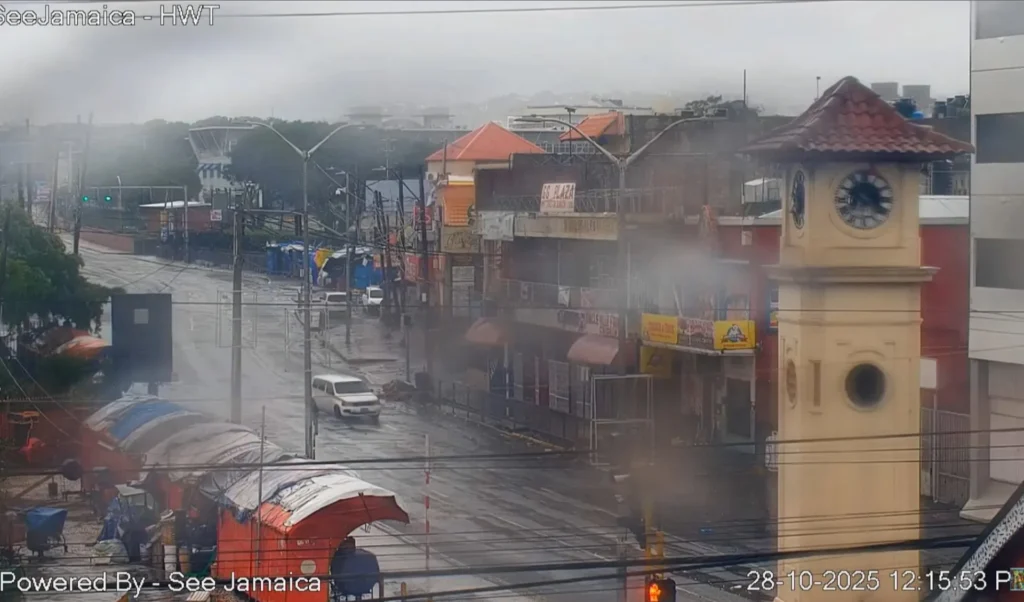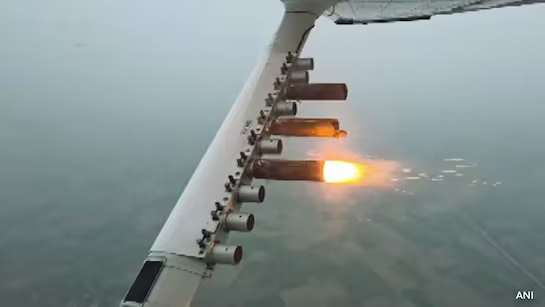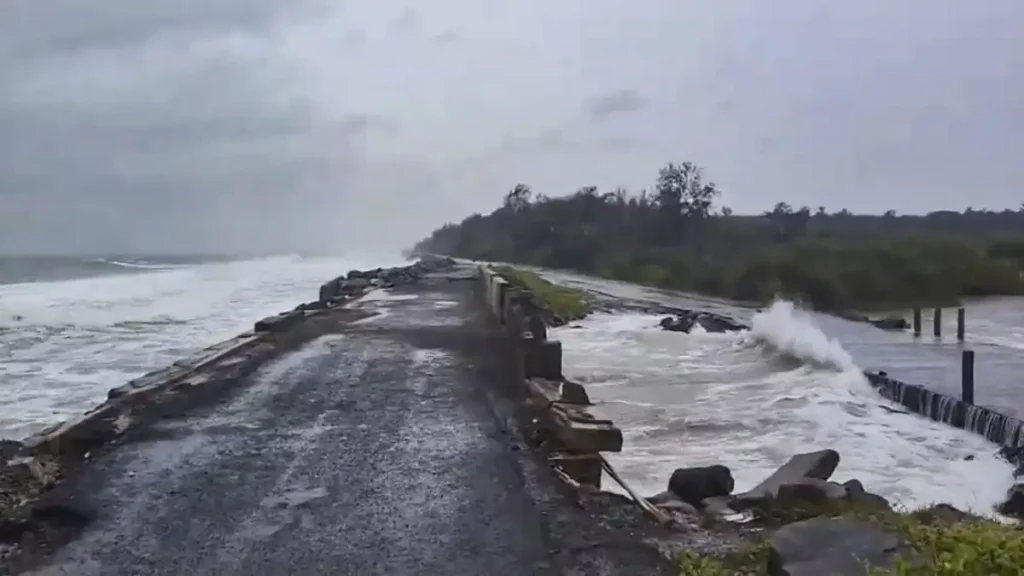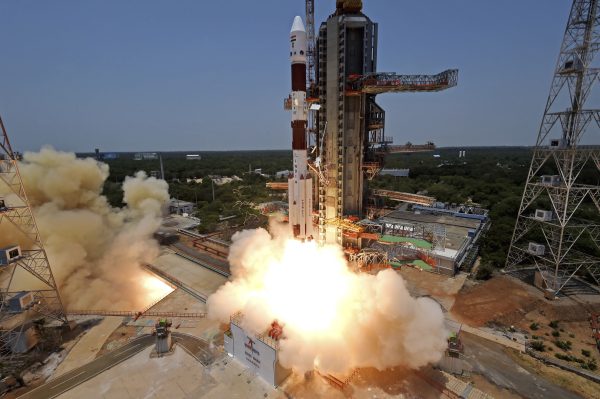Now Reading: Jammu Records Second Highest August Rainfall in a Century, City Faces Flood-like Conditions
-
01
Jammu Records Second Highest August Rainfall in a Century, City Faces Flood-like Conditions
Jammu Records Second Highest August Rainfall in a Century, City Faces Flood-like Conditions
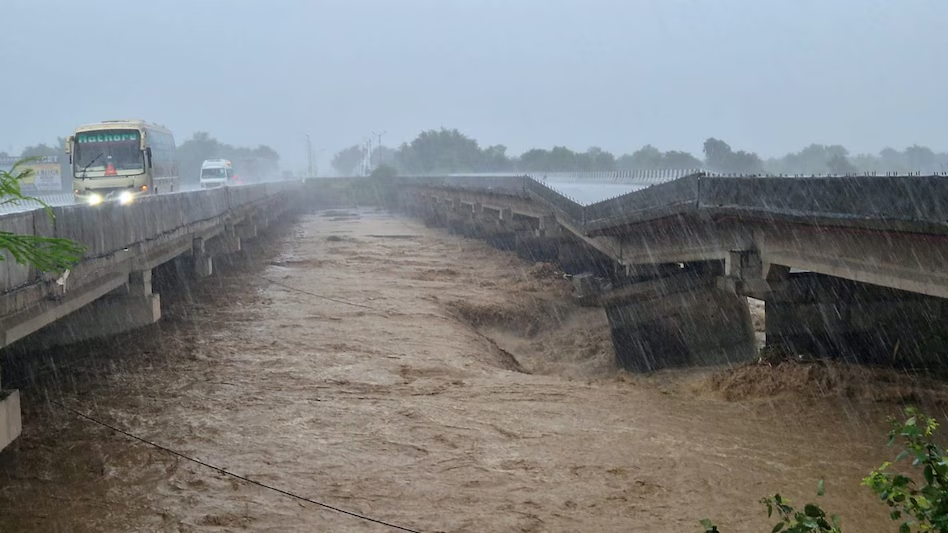
Jammu experienced an unprecedented bout of heavy rainfall, recording the second highest single-day rainfall for August in the past century. The intense downpour led to waterlogging in several low-lying areas, disrupted traffic, and caused minor damage to local infrastructure. Residents faced difficulties commuting as streets turned into temporary streams, highlighting the impact of extreme weather events in the region.
Authorities reported that many areas of the city received over 150 mm of rain within 24 hours, overwhelming drainage systems. Emergency services were deployed to manage traffic congestion, assist stranded residents, and address incidents of localized flooding. While no major casualties were reported, several neighborhoods reported water entering homes and shops.
Meteorologists explained that the heavy rainfall was caused by a combination of monsoon currents and local atmospheric conditions, which intensified precipitation in Jammu. Experts warned that such extreme events, although rare, are likely to increase in frequency due to changing climate patterns, emphasizing the need for improved urban planning and drainage infrastructure in Tier 2 cities.
City officials advised residents to avoid non-essential travel, remain alert to weather updates, and take necessary precautions to prevent accidents. Relief operations, including temporary shelters and evacuation assistance, were set up in the most affected neighborhoods. Authorities are also evaluating long-term solutions to prevent waterlogging and ensure safety during future heavy rains.
The heavy rainfall in Jammu serves as a reminder of the vulnerabilities cities face during extreme weather events. Residents, authorities, and urban planners must collaborate to enhance preparedness and resilience, ensuring that such natural events cause minimal disruption and risk to life and property.








